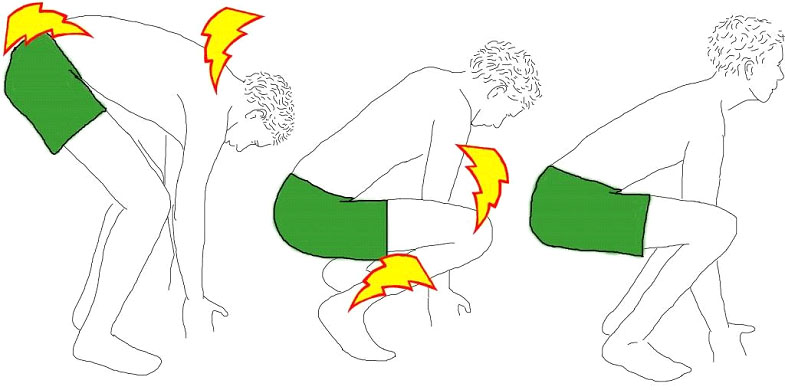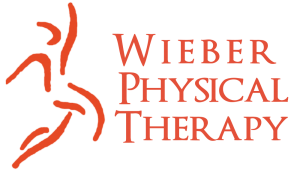
By Jason Niemann
As a first year physical therapist, I am learning quickly just how many people lift with their backs. We all know we should lift with our legs rather than our back, but what does this truly look like?
The ideal lifting mechanics spread the forces our body generates during a lift evenly between the shoulders, back, hips, knees and ankles. This dispersion of force avoids maximizing stress at any particular joint or muscle group. When we lift with improper mechanics this even distribution of force is lost. We create localized regions of maximal stress, typically at the back or knees. This localized stress can create injuries or pain.
This is a very common problem. The Bureau of Labor Statistics recently measured that the incidence of lifting injuries in the U.S. is over 1 million per year, and this number only counts the injuries that happen at work. Now imagine how large this number would get if we included the lifting injuries that happen outside of work!
And even beyond causing specific injuries, improper lifting can create muscle imbalance. The lifting forces being concentrated across just 1-2 joints disproportionately stress the muscles crossing these joints and not the others. When a muscle is stressed, it strengthens. Therefore, the 1-2 joints that have the concentrated forces develop stronger muscles. Meanwhile, the joints not being stressed become weaker. This muscle imbalance then carries over to other parts of life and can often create joint pain with daily activities, such as walking, getting out of chair or even standing.
Practicing proper lifting mechanics can help build strength, disperse forces throughout the entire body and greatly reduce the risk of injury or pain. Here are a couple key reminders for safe lifting: bend your hips and knees, keep your feet close to the object you are lifting, don’t hold your breath. For a more personalized instruction and muscle balance evaluation, all of our excellent therapists at Wieber are here to help you.

Leave a Reply
You must be logged in to post a comment.